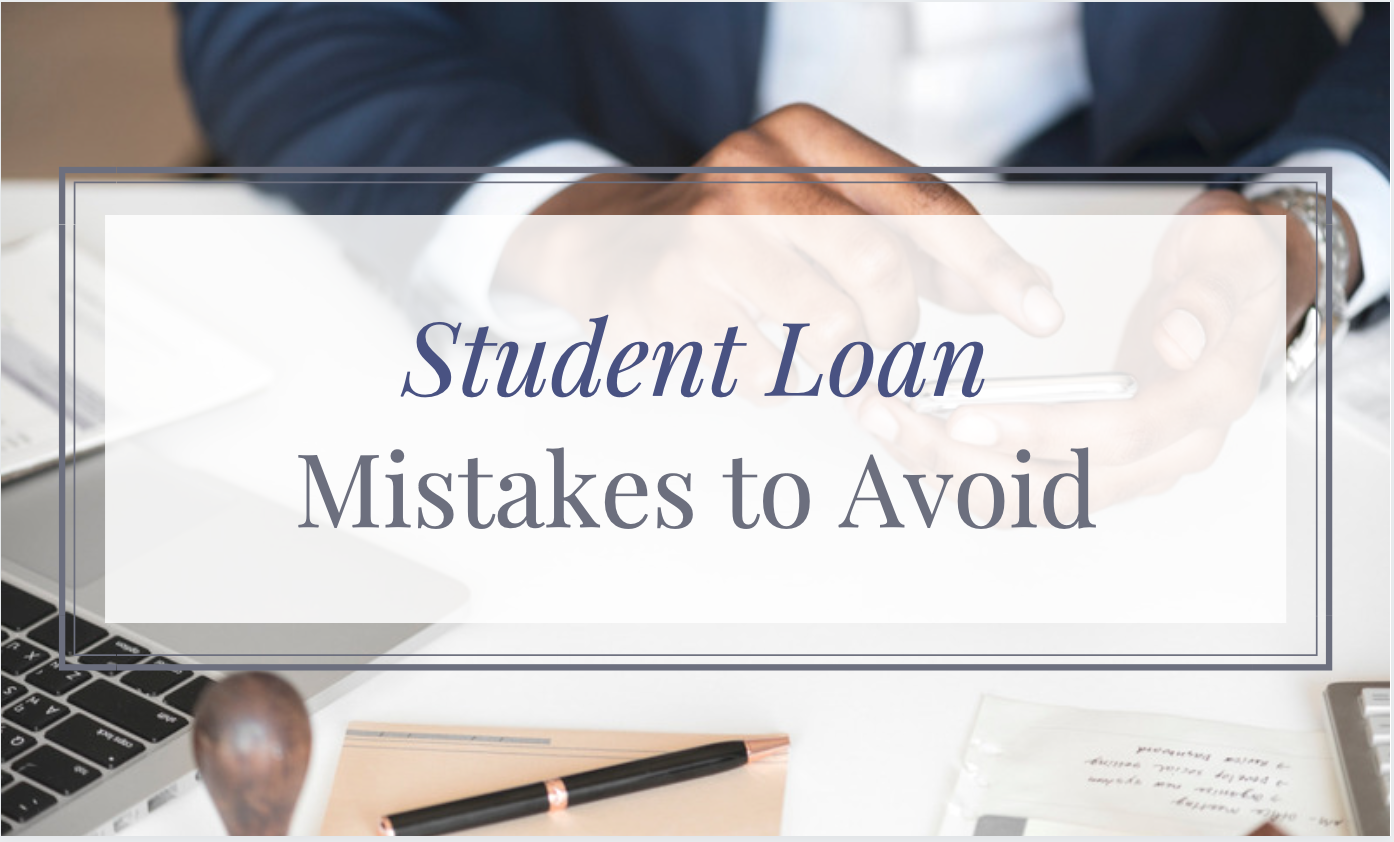Student loan misconceptions, truth about education loans, often cloud the realities of borrowing for higher education. The process, from initial application to long-term repayment, is fraught with potential pitfalls and misunderstandings. This exploration delves into the intricacies of federal and private loans, dissecting common myths about eligibility, repayment options, and the true cost of a college education. Understanding these complexities is crucial for students navigating the financial landscape of higher learning.
This comprehensive guide addresses the varying types of student loans, highlighting the critical differences between federal and private options. It unpacks the often-misunderstood application process and challenges common misconceptions about eligibility criteria. Crucially, it scrutinizes the perceived ease of obtaining loans, examining the factors influencing interest rates and repayment terms. The true impact of student loan debt on future financial stability is assessed, exploring the connection between debt and career choices.
Understanding Student Loan Basics: Student Loan Misconceptions, Truth About Education Loans
Navigating the world of student loans can feel overwhelming. Different types of loans, varying interest rates, and complex repayment plans can leave students and their families feeling confused. This section clarifies the fundamentals of student loans, differentiating between federal and private options, and outlining the typical application processes.Understanding the nuances between federal and private loans is crucial for making informed financial decisions.
A clear understanding of the terms and conditions associated with each loan type empowers borrowers to select the best fit for their individual needs and circumstances.
Types of Student Loans
Federal student loans are backed by the government, while private student loans are offered by financial institutions. This difference in backing significantly impacts the terms and conditions of the loan. Federal loans often come with more flexible repayment options and potentially lower interest rates compared to private loans.
Federal Student Loans
Federal student loans are typically offered through the government and are categorized into various types, each with its own terms and conditions. These include subsidized and unsubsidized loans, which differ based on the borrower’s financial need. Unsubsidized loans require the borrower to pay interest from the time the loan is disbursed, while subsidized loans do not accrue interest while the borrower is in school.
- Subsidized Loans: Interest is paid by the government while the borrower is in school, on certain deferment, and forbearance periods. This can lead to lower overall loan costs, making them a potentially attractive option for borrowers who qualify.
- Unsubsidized Loans: Borrowers are responsible for paying interest from the time the loan is disbursed, even during periods of enrollment. Interest rates can vary based on economic factors and other conditions.
Private Student Loans
Private student loans are offered by various financial institutions, including banks, credit unions, and online lenders. These loans typically have more stringent eligibility requirements and may have higher interest rates than federal loans.
- Interest Rates: Interest rates on private student loans are often variable and tied to market conditions. This can result in fluctuating monthly payments and potentially higher overall costs compared to federal loans with fixed interest rates.
- Repayment Options: Private lenders often offer a variety of repayment plans, but these plans might have stricter criteria compared to federal options.
Application Process, Student loan misconceptions, truth about education loans
The application processes for federal and private student loans differ significantly. Both require careful attention to detail and thorough completion of required documentation.
Federal Student Loans
Federal student loans typically involve applying through the Free Application for Federal Student Aid (FAFSA). The FAFSA determines eligibility and the amount of aid a student might be eligible for. After completing the FAFSA, students may need to complete additional forms and provide supporting documentation to verify their eligibility.
